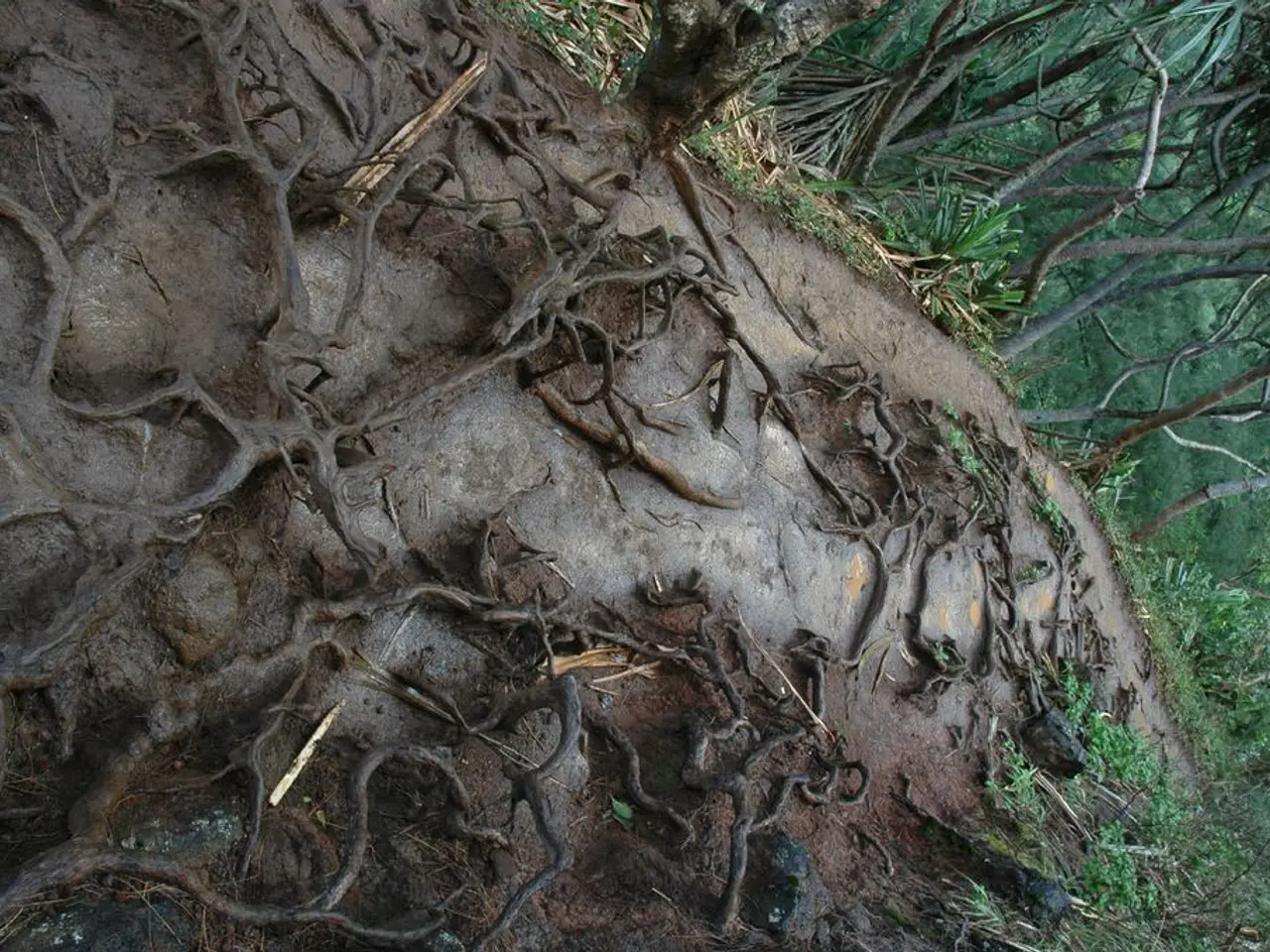Nurturing Tree Success: The Importance of Cultivation Techniques for Trees' Growth
In the quest to enhance the beauty and ecological value of our landscapes, planting trees is an investment that pays off in the long run. However, it's essential to ensure the proper planting techniques are followed to avoid common pitfalls that could lead to poor growth, early decline, and costly removal.
Robin Trott, the website educator for Douglas County, offers a detailed guide to planting trees. By carefully preparing the planting site and root ball, correctly positioning the root flare, improving soil conditions, applying mulch properly, and maintaining consistent deep watering, you can significantly reduce the risks of stem girdling roots, promote healthy growth, and avoid early tree decline.
**Prepare the Hole and Foundation:**
Dig a hole wide and deep enough to accommodate the root ball without bending roots. The hole should be about 2-3 times wider than the root ball but only as deep as the root flare (where roots spread at the base of the trunk). Remove any grass or weeds from the planting site to reduce competition and improve soil conditions.
**Expose and Position the Root Flare:**
Make sure the tree’s root flare is visible and positioned at or slightly above ground level (1-3 inches above is fine, soil will settle over time). The root flare is critical for healthy root growth and gas exchange.
**Root Ball Preparation:**
Remove the tree carefully from its container or burlap. Slice the root ball vertically about 4 times, spaced evenly around the ball (every 90 degrees). This breaks up circling or girdling roots and encourages outward root growth to prevent stem girdling roots. Remove any tangled or overly dense surface roots if visible.
**Soil and Backfilling:**
Use the native soil removed from the hole for backfilling, optionally mixing it 1:1 with compost, manure, or good-quality topsoil to improve nutrients, structure, and water retention. Break up large clumps of soil to create a porous, crumbly texture that promotes water infiltration and oxygen flow to roots. Remove soil or debris from the trunk base to maintain a clear root flare and prevent stem rot.
**Mulching:**
Apply 2-4 inches of organic mulch (like wood chips or shredded bark) around the base of the tree, extending out to cover the root zone without piling it against the trunk. Mulch helps retain moisture, regulate soil temperature, reduce weeds, and improve soil quality over time.
**Watering:**
Water the tree deeply at planting to settle soil and eliminate air pockets. In the first growing season, water once a week thoroughly, ensuring the root zone gets about 1 inch of water per week (including rainfall), adjusting for temperature and soil conditions. Deep watering encourages roots to grow downward and outward rather than staying near the surface.
Additional tips include choosing a suitable tree species for the site (considering sunlight, soil type, and mature size), planting when trees are dormant (usually fall or early spring), and staking only if necessary to keep the tree stable without restricting trunk movement.
By following these guidelines, you'll be well on your way to planting trees that not only thrive but also contribute to a more beautiful and sustainable landscape for years to come.
To further improve the lifestyle and home-and-garden aesthetics, you might also find gardening activities such as planting trees beneficial. By adopting proper techniques like preparing the hole and foundation, exposing and positioning the root flare,, root ball preparation, improving soil conditions, applying mulch properly, and maintaining consistent deep watering, you can create a healthy home-and-garden environment featuring flourishing trees, resulting in a more beautiful and sustainable lifestyle.




